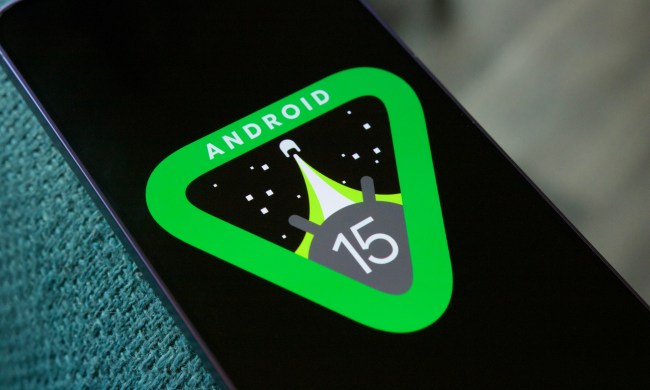Google announced a slew of updates to Android phones on Tuesday, including the ability to detect earthquakes.
The Android Earthquake Alerts System works anywhere in the world and turns every Android device into a mini seismometer. Google says it is the largest earthquake detection network in the world.
“All smartphones come with tiny accelerometers that can sense signals that indicate an earthquake might be happening. If the phone detects something that it thinks may be an earthquake, it sends a signal to our earthquake detection server, along with a coarse location of where the shaking occurred,” wrote Marc Stogaitis, the Principal Software Engineer at Google, in a blog post.
This crowdsourced earthquake detection system will allow for more accurate Google alerts and resources if you search “earthquake near me” after feeling trembles.
Tuesday’s update also includes earthquake alerts to Android devices in California through a collaboration with the United States Geological Survey and California Governor’s Office of Emergency Services. The technology uses signals from more than 700 seismometers across the state to warn you to take cover before shaking even begins.

Google said it’s working on bringing the earthquake alerts to other states besides California over the next year.
The updates come just one day after Southern California experienced a 4.6 magnitude earthquake. According to the National Earthquake Information Center, there are about 20,000 earthquakes in the U.S. per year.
Technology like Google’s will help with early detection for these quakes, but there’s even more advanced machine-learning technology that can predict major tremors by analyzing acoustic signals to find failing fault lines.



